In a digital age, what value is a witness to a signature?
Written by
The current law: the need for a witness when signing a deed
Greater formalities apply to signing deeds compared to contracts. S1 Law of Property (Miscellaneous Provisions) Act 1989 (LP(MP)A 1989) states that an instrument shall not be a deed unless it makes clear on its face that it is intended to be a deed, it is signed in the presence of a witness who attests the signature, and it is delivered as a deed.
Why are witnesses required?
Witnessing forms one of the formalities to signing a deed, so the policy behind the formalities in general applies to the requirement for a witness. There are three main policy reasons for formalities concerning deeds:
- Evidential: providing evidence that the maker entered into the transaction, and evidence of its terms.
- Cautionary: trying to ensure that the maker does not enter into the transaction without realising what they are doing and protecting weaker parties to a transaction (for example, tenants, employees and consumers).
- Labelling: making it apparent to third parties what kind of a document it is and what its effect is to be.
A witness provides evidence. But evidence can be provided digitally.
Do witnesses provide satisfactory protection?
The problem is that witnesses may cease to be contactable (or die), memory fades, and, perhaps oddly, a witness does not need to be independent of the interests in the transaction.
Qualified Electronic Signatures: do they provide better protection?
A brief explanation of QES is in order. A Qualified Electronic Signature is one which is made with a certificate that identifies the signatory. The certificate must be issued by a qualified certification authority. The EU eIDAS regulations, which were adopted into English law after the UK left the EU, require that a QES must:
- be uniquely linked to the signatory;
- be capable of identifying the signatory;
- be created using electronic signature creation data that the signatory can use under their sole control; and
- be linked to the data signed therewith in such a way that any subsequent change in the data is detectable.
On the face of it, the QES seems to preserve the formalities of a deed more effectively than a witness. Practical issues of locating the witness and evidential barriers relating to the witness' memory will be removed, QES will identify the signatory and QES is independent.
Points to consider:
- Technology could be costly (especially in early stages, where it may not be as widely available).
- The technology could be cumbersome to those who are unfamiliar with it, especially in private matters of lower value.
- Large amounts of data will need to be stored to enable the QES, and this will need to be protected to prevent fraud. Such protection will come a significant cost, so there is a question of how this will be paid for.
- There will need to be a significant legislative change as S1 LP(MP)A 1989 will need to be amended.
However, in regard to costs, the parties could choose which method to use so cost would be optional and relevant to the transaction. The need for any witness could be abolished over time, or a financial threshold introduced. Data security is no more a problem here than in a multitude of everyday transactions.
The use of electronic signatures has already surged since the Covid-19 pandemic and, having proved its usefulness, it seems unlikely that the trend will change direction.
/Passle/5f3fc942e5416a0538a275c2/MediaLibrary/Images/2025-07-02-16-01-35-327-686557df100a8a0c279c4771.jpg)
